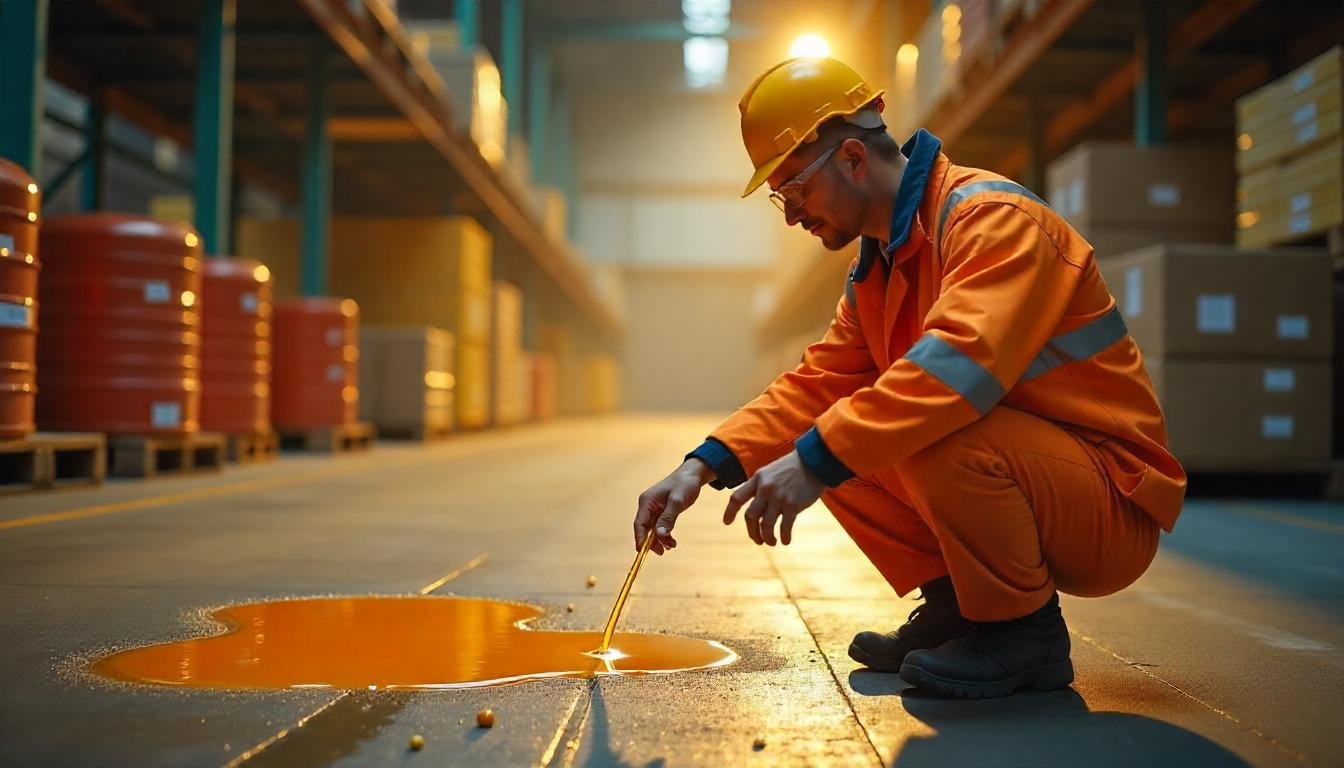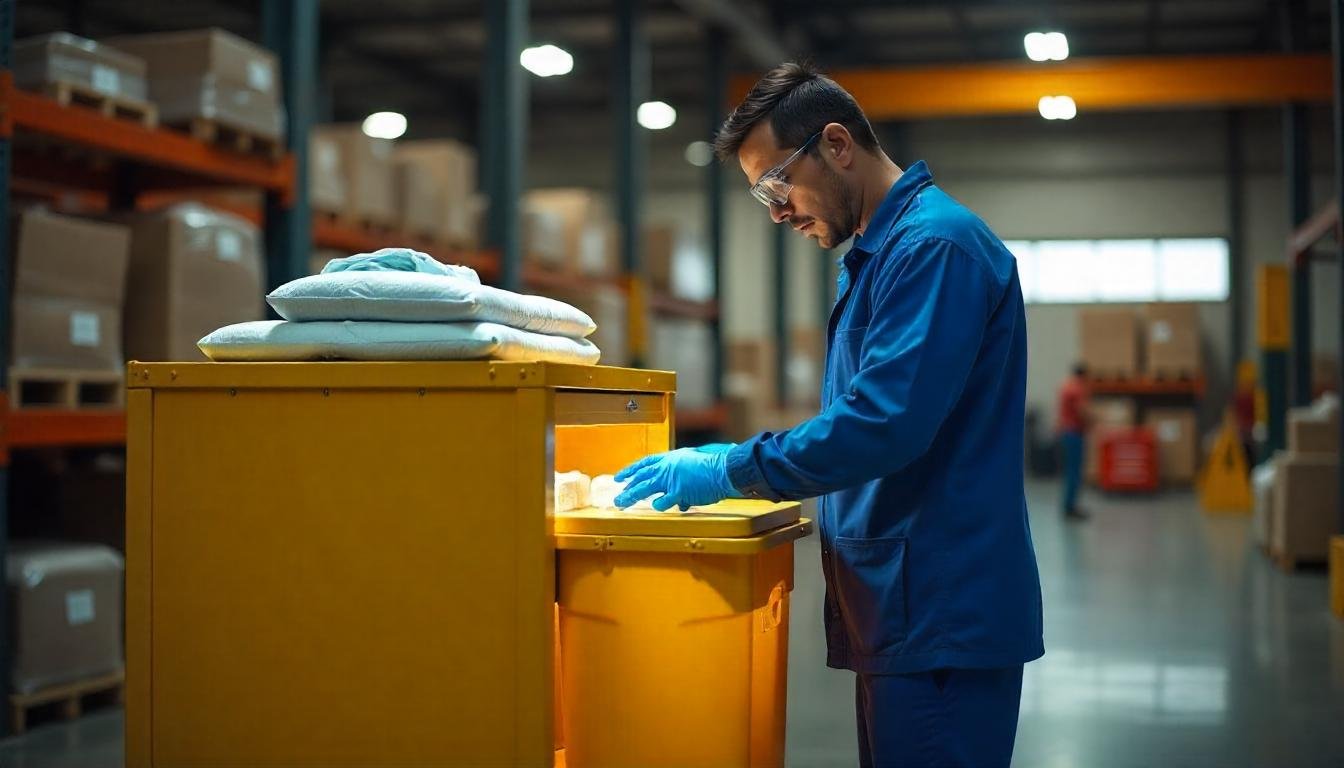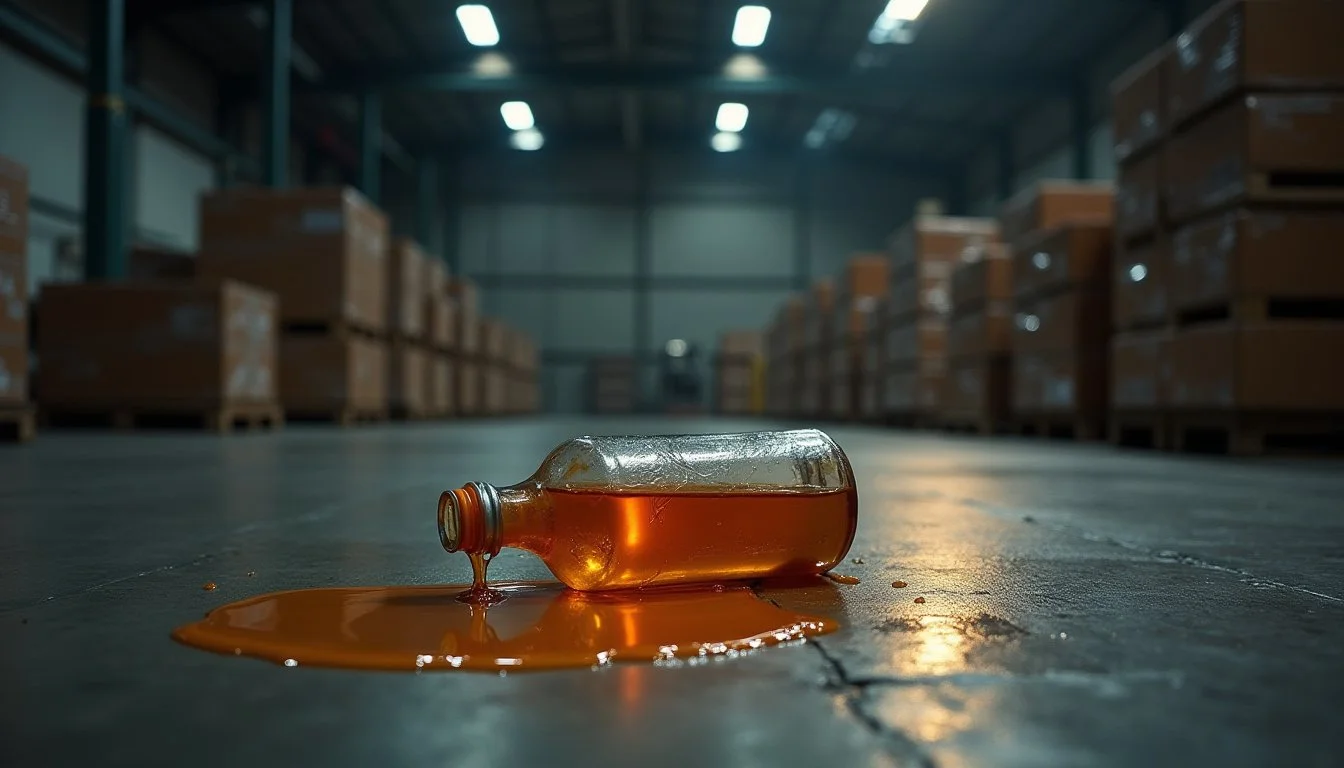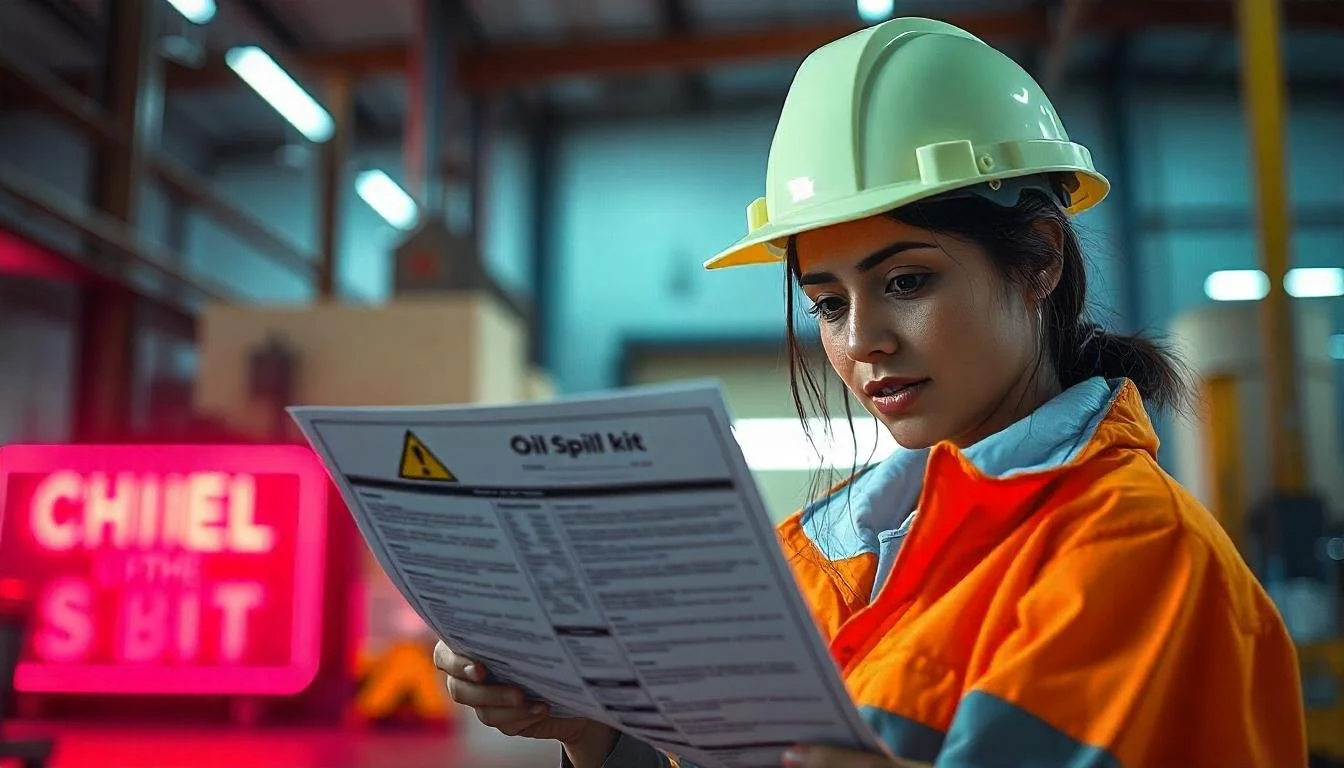
“From Drips to Disasters: Be Ready for Any Spill.”
Spill Kit training
This Spill Management Training course teaches you how to safely store, handle, and move hazardous substances to reduce the risk of spills. It also shows you how to respond quickly and correctly if a spill does happen, including how to use a spill kit. You’ll learn practical steps to protect people, the environment, and your workplace. If your site handles hazardous and or dangerous substances in larger amounts, the course also explains your legal responsibilities under COMAH regulations.

How it works….
On the course
At a glance…
6 - 12 delegates
Half day course
No qualifications
PPE required - hard hat, his-viz clothing, safety boots, safety gloves, safety goggles - other site specific
This training course is delivered on-site at your location or at a training centre location and typically lasts a day, No formal qualifications are needed to attend, making it accessible to all experience levels. Group sizes are kept small, usually between 1–4/6 depending on categories and practical tests on day delegates, this is to ensure focused, hands-on learning. Delegates are required to bring PPE for this training course
Module 1: Why Spill Prevention Matters
This module sets the scene by explaining what hazardous materials are and the serious risks they can pose to people, property, and the environment. You’ll learn why spill prevention is critical in any workplace handling dangerous substances and what your legal responsibilities are.
We also explore two powerful real-world case studies—Buncefield, UK (2005) and Bhopal, India (1984)—to show just how devastating poor spill control can be. This module helps you understand the importance of getting it right from the start.
Module 2: Handling Hazardous Substances Safely
This module helps you understand how to recognise, store, and manage hazardous substances in the workplace. You’ll learn how to read chemical labels, understand hazard symbols, and follow legal requirements under the Classification, Labelling and Packaging (CLP) Regulation 2008.
It also covers what to do before accepting a delivery, how to use Safety Data Sheets (SDSs), and how to safely store and handle chemicals to reduce risks. You’ll explore the control measures needed to protect people and the environment, and know how to respond correctly in an emergency.
Module 3: Be Prepared – Planning for Spills
This module focuses on how to plan ahead so that spills can be dealt with quickly and safely. You’ll learn why spills happen, how to identify potential risks through a pollution risk assessment, and how to put strong preventative measures in place.
We’ll guide you through engineering and administrative controls that help minimise risk, and explain how to create a clear and effective Pollution Incident Response Plan (PIRP)—so your team knows exactly what to do if an incident occurs.
Module 4: Managing a Spill – Responding with Confidence
When a spill happens, knowing how to respond quickly and correctly is essential. In this module, you’ll learn how to recognise and assess a spill, evaluate its size and potential impact, and take the right steps to contain and clean it safely.
We cover how to:
Use different types of spill kits, including vehicle kits
Stop spills at the source
Protect drains and the environment
Safely clean up and dispose of hazardous materials
Reassess the situation and restock your kit for next time
You’ll also watch a practical spill response video to bring the steps to life and reinforce your learning.

At the end of the course, learners will complete a theory-based multiple-choice assessment to confirm their understanding of spill prevention, legal responsibilities, and correct response procedures. This ensures participants are confident in their ability to manage spills safely and effectively.
Theory Assessment Covers:
Safe storage and handling of hazardous substances
Legal duties and planning requirements
How to use spill kits correctly
Step-by-step spill response and clean-up
Emergency procedures and reporting
Assessements

Optional Practical Training & Assessment
For a more hands-on experience, learners can take part in an optional practical assessment. This includes:
A guided demonstration on the correct use of a spill kit
A simulated spill response scenario
Identifying spill types, containment zones, and drain protection methods
Practising correct PPE use and clean-up techniques
Safe disposal of waste and refilling the spill kit

